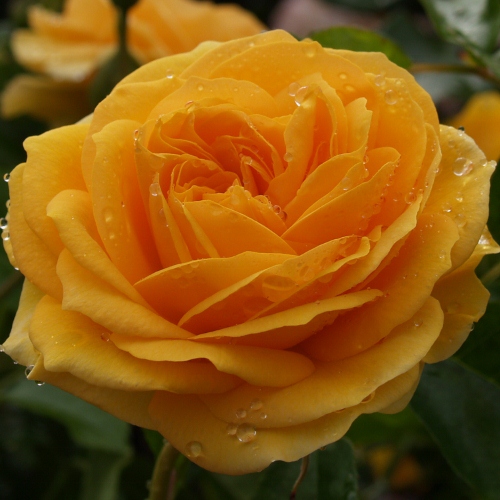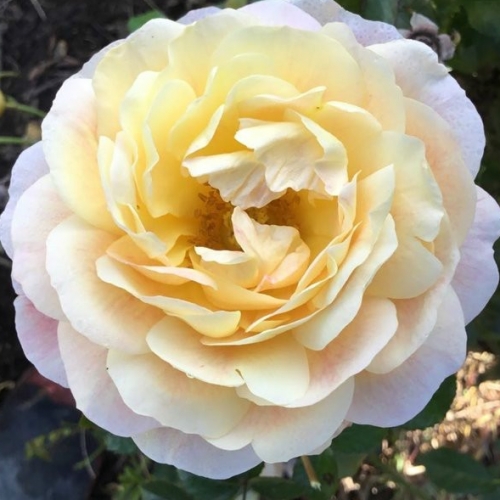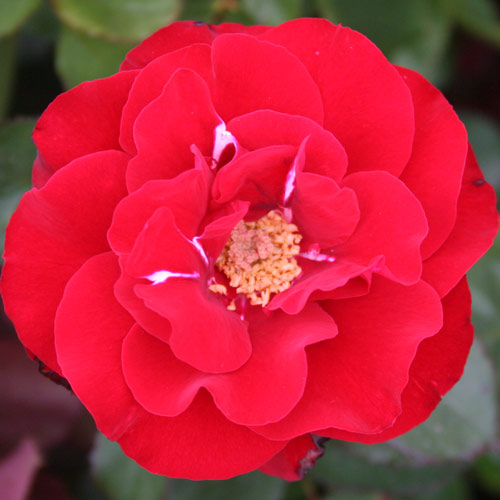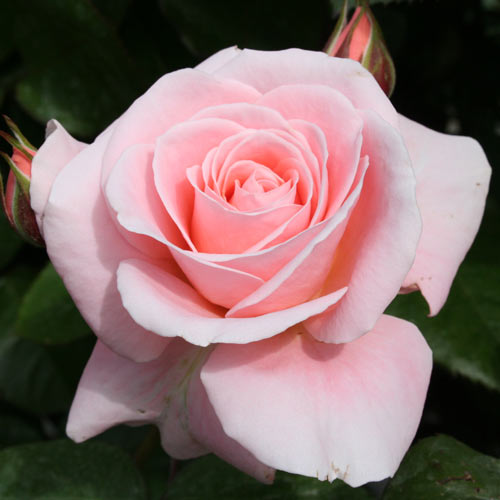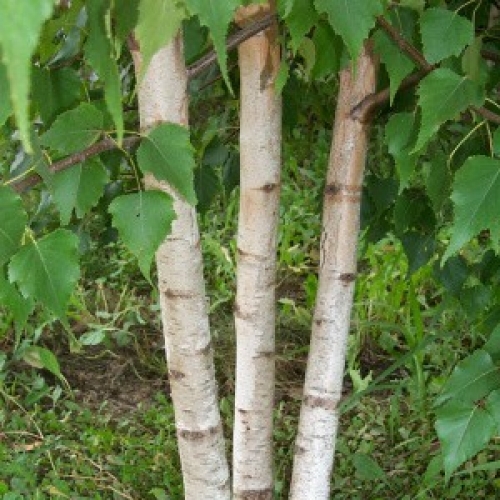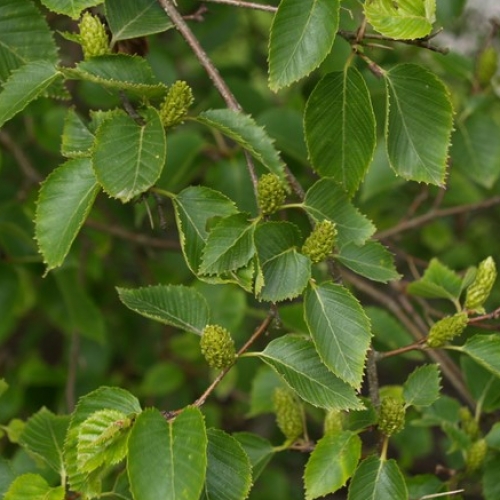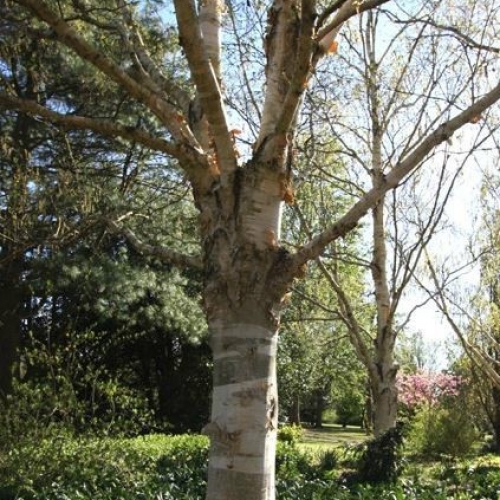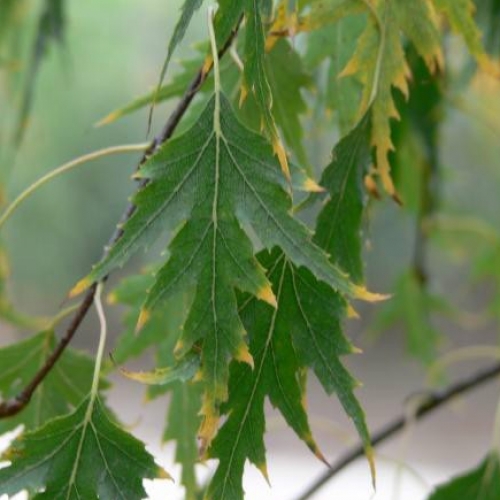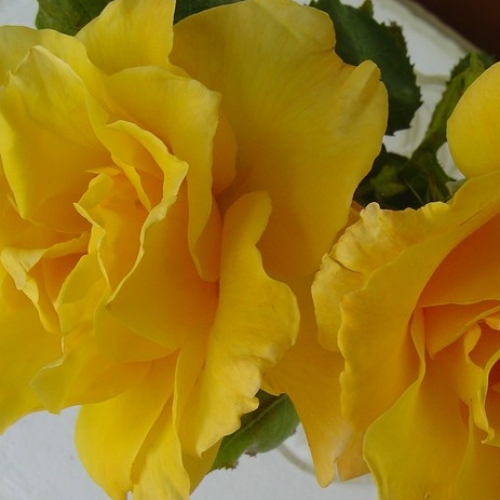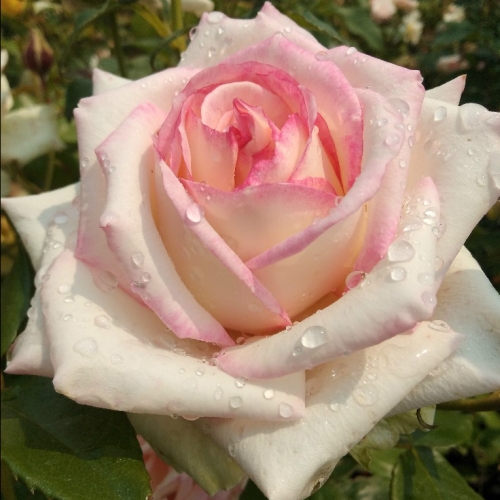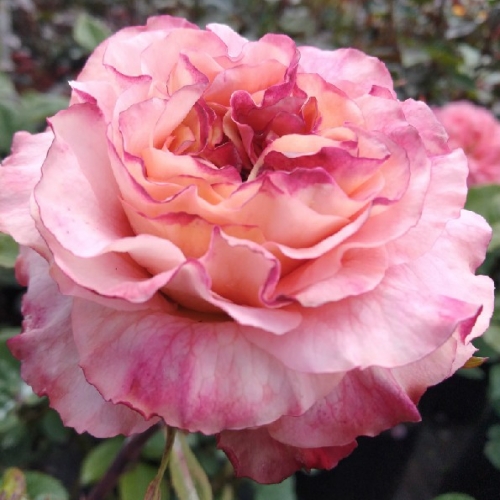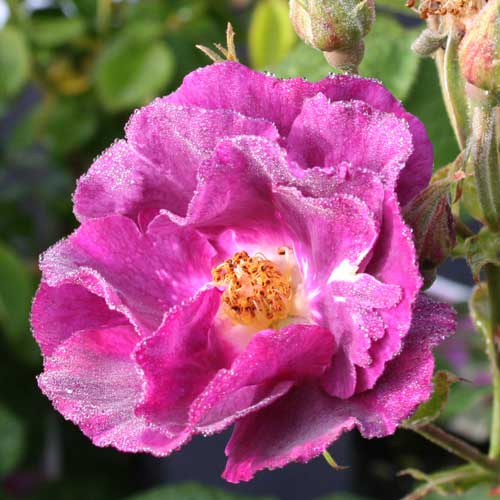Sunday 20th June, 2021
Hi
Stormy Days
It's been a stormy 'ole' week with thunderstorms a plenty. Monday just gone was a doozie for sure! However, when it is wet, overcast, showery or anything other than sunny, it is great conditions for potting our bare, root, stock, as their roots won't dry out.
Hot sunny days are the worst, as we have to be really religious about keeping roots covered and moist.
Monday was forecast for heavy showers. At lunchtime it started to rain and then rain a tad more. I was thinking about what was going to be the best use of my time when Cecelia mentioned to me that it was going to be a wet week for potting. This reminded me, it was on my list of chores to get some more wet weather gear and since I didn't really feel the need to get out in the rain this particular day, not that I would melt, off I went to get some.
It was a pretty major thunderstorm that day, rain was just persisting down. The sky was black and it was around 4.30 pm. The day was heading into dusk and it was pretty dark all round.
I arrived back only to find all of the team under cover, as it was bucketing down. The girls were potting
roses, in what was now almost pitch black conditions. As they faced into the potting bench, complete with the cutest miner's torches strapped to their heads, I thought, why haven't you turned the lights on? They aren't really that adequate, but do help. It also helps to know where the switch is. I couldn't help but think, how is it that you have that kind of kit in your back pocket? I was so impressed.
The packing guys were tiptoeing around dispatch, almost marooned by flood waters, as a lake grew around their tables and boxes thanks to one of the drains being blocked. Nothing for it but to strip down to undies and remove the offending leaves. The temporary lake just disappeared in seconds! Had to be the funniest end to a day.
We haven't quite needed all that wet weather gear since, but now we have it and it has been perfect, overcast, drizzly weather for potting the trees that arrived this week.
Know your Birches and if you find bark sexy, this is for you!!
We have been busy potting the
Birches of the utilis Jacquemontii kind and others. The plants are just superb. Large, well grown and just looking gorgeous.
When we think birches, I guess the thought that will spring to mind for most are the Betula pendula alba. I think I'm correct in saying, they were all the rage in the 70s. These have the classic white bark, grow upwards as a narrow conical tree and very pendulous branches. It's worth noting, the pendula alba has brown bark as a young new tree, but this soon changes to that stunning white that we all want.
Betula Jacquemontii, also known as the Himalayan Birch, has quite an upright habit and the whitest of white bark. It is native to the Western Himalayas.
Google says "The Latin specific epithet utilis means "useful", and refers to the many uses of the different parts of the tree. The white, paper-like bark was used in ancient times for writing Sanskrit scriptures and texts. It is still used as paper for the writing of sacred mantras, with the bark placed in an amulet and worn for protection. Selected varieties are used for landscaping throughout the world, even while some areas of it's native habitat are being lost due to overuse of the tree for firewood."
Betula jacquemontii Jermyns is a selected form of the Himalayan birch. This one is also a nicely upright form, but with the sexiest, coppery pinky brown, horizontally peeling bark.
Betula White spires is another selected form of the utilis jacquemontii. I guess the name says it all. The most amazing white trunks that are so sought after for mass planting landscape schemes.
Betula costata is the last of the 'just arrived in' new seasons birches. Not one that I am as familiar with as a mature tree. The Common name is Korean Birch. This one has strong cream pink to orange bark with strong horizontal peelings.
Betula pendula laciniata, also known as Swedish birch or cut leaf birch. These have, as you will guess from its name 'lacinata', lacy or cut like leaves. It's a tall narrowish tree with pendulous or weeping branches, just like pendulous alba. We still have some of these that we brought in on special. We passed that on to you, our clients. Normally retailing at $59.99, are good to go at just $25 each.
Betula Ermanii is a typical Silver birch shape with the classic pinkish white bark that peels in thin rolls. Dark green leaves and long drooping catkins in spring. These are less susceptible to rust than other varieties.
Betula Platyphylla Japonica, the best way to describe this is as a broad-leafed Birch, as this tree is very similar to the ever popular Silver Birch but has bigger leaves.
Do your winter clean up spray.
Fruit trees,
grape vines, roses and most things deciduous in this line of plants, will all benefit from an annual
spray of good old fashioned Lime sulphur in the
winter. It's been around forever in the plant world as the winter clean up product, knocking off fungal spores, overwintering insect eggs, spore structures, scale and so on. I think that it's one of the best, if you can get past the rotten egg smell and the fact that it will stain fences, houses and burn foliage off perennials. It's harsh on your
spraying equipment, so wash it out properly after using it. If you go down this track, I reckon you are doing the best clean up spray you can. Maybe even a follow up spray in a couple of weeks would be good, as one does not always get 100% coverage the first time.
Some gardeners do a
lime sulphur, wait two weeks, then do
Copper Oxychloride and conqueror oil which does mostly the same thing. Personally, I think that lime is better. Certainly copper and oil are less harsh and don't smell.
If you are going to do just copper and oil, make sure you do at least two or three of these to make sure that you get good coverage. You should mix these both individually and separately but can add them to the same tank. Add a small amount of water to your tank, mix copper to a paste then dilute. Add this slurry to your partially filled tank. Fill the tank two thirds and dilute the spraying oil in water then add to the mostly full tank. Finish filling and then shake together. You are all good to go. Don't be tempted to add the oil without diluting first as it will just sink to the bottom and separate out when you first start spraying.
Spray the ground around your plants as well, as spores are everywhere, in the soil, mulch and every crack and crevice. Though lime sulphur may well burn the perennials under your roses, hopefully you will get every spring season off to a fungal and insect free start.
Today is Friday, I came over here to help the guys with some potting so that we get most of it done before the weekend. I had better get some overalls on and get out there, otherwise they will think I'm avoiding those pb 40s. That's one of the larger bags that we use for the
Oaks that have just arrived as well.
Remember if you have purchased a new season tree or rose that has just been root pruned and potted there may not be any (or perhaps a little) root development yet meaning the dirt will likely fall away from the roots when you cut the bag open. Don't worry, this is ok, just ensure you put the soil from the bag into the hole with the plant when you plant it so it gets all the added benefit from the additives in the soil. There is information about this on the website just click
here.
Take the time to do all the things that you want over the weekend and know that after Monday we start to gain, albeit slowly, some more precious daylight.
Have a great weekend
Cheers Lloyd, Tony and the Wairere team.
